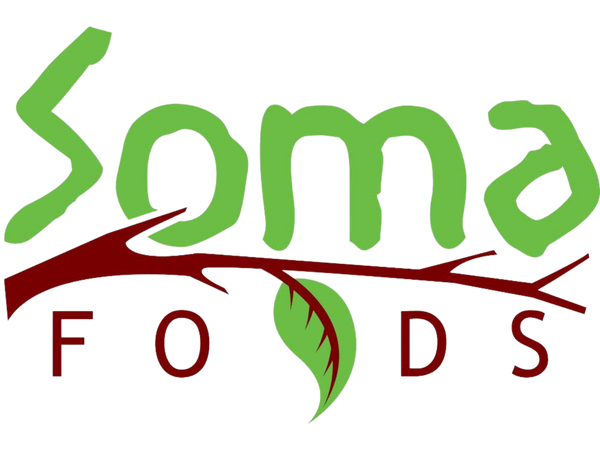Introduction to Home Gardening
Welcome to a detailed journey into home gardening! Whether you have a sprawling backyard or a small balcony, this guide will help you cultivate a diverse and nutrient-rich garden.
Understanding Your Space
Space Requirements for a Nutrient-Rich Garden
- Calculating Needs: Factors like family size, eating habits, and desired variety play a role. For a family of four, aim for at least 200-400 square feet.
- Efficient Space Utilization: Methods like square foot gardening can maximize yield in small spaces.
Maximizing Small Spaces
- Vertical Gardening: Utilize walls and fences for climbing plants like cucumbers and peas.
- Container Gardening: Explore container sizes and materials for different types of plants.
Garden Layout and Design
Designing Your Garden Layout
- Sunlight Evaluation: Track sun patterns in your yard using tools like SunCalc.
- Soil Testing: Learn about DIY soil testing or consider professional tests for accurate results.
Ideal Layouts for Different Spaces
- Raised Beds vs. In-Ground Beds: Pros and cons of each, including ease of maintenance and soil quality control.
Plant Selection
Choosing the Right Vegetables
- Nutrient-Dense Plants: Focus on vegetables like leafy greens, cruciferous vegetables, and legumes for a balanced diet.
- Climate Considerations: Selecting plants that naturally thrive in your local climate.
Herbs and Nutritional Supplements
- Medicinal Herbs: Incorporate herbs like mint, chamomile, and lavender for their health benefits.
- Pollinator-Friendly Plants: Add flowers like marigolds and zinnias to attract pollinators.
Planting and Maintenance
Sowing Your Seeds
- Germination Tips: Techniques for improving seed germination rates.
- Transplanting Seedlings: Step-by-step guide on when and how to transplant.
Daily Care
- Irrigation Strategies: Explore drip irrigation and soaker hoses for water efficiency.
- Organic Pest Control: Natural methods to tackle common garden pests.
Harvesting and Utilizing Your Produce
Harvesting Techniques
- Continuous Harvest: Techniques for harvesting leafy greens and herbs to encourage regrowth.
- Storing Surplus: Tips on canning, freezing, and drying surplus produce.
From Garden to Table
- Recipe Ideas: Share recipes that use a variety of garden produce.
- Preserving Nutrients: Best practices for cooking vegetables to retain their nutritional value.
Advanced Gardening Techniques
Companion Planting: Learn which plants grow well together for pest control and pollination.
Soil Health: Deep dive into composting, cover cropping, and crop rotation for soil enrichment.
Closing Thoughts
With dedication and knowledge, your garden can become a source of pride and nutrition. Remember, each season brings new lessons and opportunities for growth.
Additional Resources

